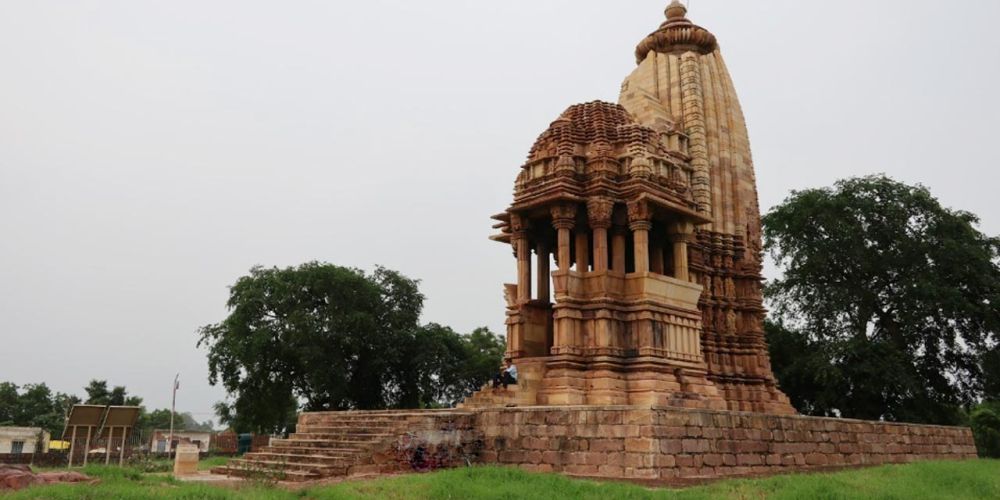

Nestled in the heart of India, in the state of Madhya Pradesh, Khajuraho is a fascinating destination that boasts an array of ancient temples, known globally for their stunning architectural beauty and intricate carvings. The Chaturbhuj Temple stands as a significant part of the Khajuraho Group of Monuments, a UNESCO World Heritage site. This temple, dedicated to Lord Vishnu, is renowned for its exquisite workmanship and serene spiritual atmosphere.
The Khajuraho temples were built over a span of 200 years, from 950 to 1150 AD, during the reign of the Chandela dynasty. It's believed that there were originally 85 temples, but only about 25 remain today. The Chaturbhuj Temple, noticeable for its distinct architecture, lacking the erotic sculptures that many of the other Khajuraho temples are known for, was constructed around 1100 AD.
Tourism began to flourish in Khajuraho after its rediscovery by British engineer T.S. Burt in the 19th century. However, it wasn't until the 20th century, particularly after being granted World Heritage status in 1986, that Khajuraho became an eminent tourist destination. The temples captivated visitors with their detailed carvings depicting various aspects of life, including spirituality, music, dance, and even everyday activities.
In recent years, tourism trends indicate a growing interest in exploring cultural and heritage sites. Khajuraho and the Chaturbhuj Temple attract not only historians and archaeologists but also those interested in photography, meditation, and spirituality.
The temple's relatively isolated location away from the main Western Group has its benefits; it tends to be less crowded, offering a more peaceful experience. Current tourism initiatives place emphasis on sustainable tourism to ensure the preservation of this historic site.
The Indian government, along with local bodies, has developed infrastructure to improve visitor experiences, such as the Khajuraho Dance Festival – an annual event that celebrates classical Indian dances, attracting even more visitors to Chaturbhuj Temple and its surroundings. Visitor facilities have also improved, with many hotels, guesthouses, and restaurants catering to a range of budgets and preferences.
When planning a visit to the Chaturbhuj Temple, consider timing your visit around sunrise or sunset, as the play of light upon the temple stone creates a magical ambiance. Remember to respect the cultural heritage of the site and contribute to its preservation by following local guidelines and regulations.
As the temple is a part of a comprehensive group of monuments, it is advisable to set aside enough time to take in the beauty and history of the other temple structures in the area. Local guides are available and can offer in-depth historical context and stories that enhance the visitor experience.
Overall, the Chaturbhuj Temple remains an integral part of India's rich cultural tapestry and continues to draw visitors from all over the world, allured by its spiritual allure, historical significance, and architectural marvel.